Berkshire’s Performance vs. the S&P 500
Annual Percentage Change
Year
1965 . . . . . . . . . . . . . . . . . . . . . . . . . . . . . . . . . . . . . . . . . . . . . . . . . . . . . . . . . . . . . . . . . . . . . . . . .
1966 . . . . . . . . . . . . . . . . . . . . . . . . . . . . . . . . . . . . . . . . . . . . . . . . . . . . . . . . . . . . . . . . . . . . . . . . .
1967 . . . . . . . . . . . . . . . . . . . . . . . . . . . . . . . . . . . . . . . . . . . . . . . . . . . . . . . . . . . . . . . . . . . . . . . . .
1968 . . . . . . . . . . . . . . . . . . . . . . . . . . . . . . . . . . . . . . . . . . . . . . . . . . . . . . . . . . . . . . . . . . . . . . . . .
1969 . . . . . . . . . . . . . . . . . . . . . . . . . . . . . . . . . . . . . . . . . . . . . . . . . . . . . . . . . . . . . . . . . . . . . . . . .
1970 . . . . . . . . . . . . . . . . . . . . . . . . . . . . . . . . . . . . . . . . . . . . . . . . . . . . . . . . . . . . . . . . . . . . . . . . .
1971 . . . . . . . . . . . . . . . . . . . . . . . . . . . . . . . . . . . . . . . . . . . . . . . . . . . . . . . . . . . . . . . . . . . . . . . . .
1972 . . . . . . . . . . . . . . . . . . . . . . . . . . . . . . . . . . . . . . . . . . . . . . . . . . . . . . . . . . . . . . . . . . . . . . . . .
1973 . . . . . . . . . . . . . . . . . . . . . . . . . . . . . . . . . . . . . . . . . . . . . . . . . . . . . . . . . . . . . . . . . . . . . . . . .
1974 . . . . . . . . . . . . . . . . . . . . . . . . . . . . . . . . . . . . . . . . . . . . . . . . . . . . . . . . . . . . . . . . . . . . . . . . .
1975 . . . . . . . . . . . . . . . . . . . . . . . . . . . . . . . . . . . . . . . . . . . . . . . . . . . . . . . . . . . . . . . . . . . . . . . . .
1976 . . . . . . . . . . . . . . . . . . . . . . . . . . . . . . . . . . . . . . . . . . . . . . . . . . . . . . . . . . . . . . . . . . . . . . . . .
1977 . . . . . . . . . . . . . . . . . . . . . . . . . . . . . . . . . . . . . . . . . . . . . . . . . . . . . . . . . . . . . . . . . . . . . . . . .
1978 . . . . . . . . . . . . . . . . . . . . . . . . . . . . . . . . . . . . . . . . . . . . . . . . . . . . . . . . . . . . . . . . . . . . . . . . .
1979 . . . . . . . . . . . . . . . . . . . . . . . . . . . . . . . . . . . . . . . . . . . . . . . . . . . . . . . . . . . . . . . . . . . . . . . . .
1980 . . . . . . . . . . . . . . . . . . . . . . . . . . . . . . . . . . . . . . . . . . . . . . . . . . . . . . . . . . . . . . . . . . . . . . . . .
1981 . . . . . . . . . . . . . . . . . . . . . . . . . . . . . . . . . . . . . . . . . . . . . . . . . . . . . . . . . . . . . . . . . . . . . . . . .
1982 . . . . . . . . . . . . . . . . . . . . . . . . . . . . . . . . . . . . . . . . . . . . . . . . . . . . . . . . . . . . . . . . . . . . . . . . .
1983 . . . . . . . . . . . . . . . . . . . . . . . . . . . . . . . . . . . . . . . . . . . . . . . . . . . . . . . . . . . . . . . . . . . . . . . . .
1984 . . . . . . . . . . . . . . . . . . . . . . . . . . . . . . . . . . . . . . . . . . . . . . . . . . . . . . . . . . . . . . . . . . . . . . . . .
1985 . . . . . . . . . . . . . . . . . . . . . . . . . . . . . . . . . . . . . . . . . . . . . . . . . . . . . . . . . . . . . . . . . . . . . . . . .
1986 . . . . . . . . . . . . . . . . . . . . . . . . . . . . . . . . . . . . . . . . . . . . . . . . . . . . . . . . . . . . . . . . . . . . . . . . .
1987 . . . . . . . . . . . . . . . . . . . . . . . . . . . . . . . . . . . . . . . . . . . . . . . . . . . . . . . . . . . . . . . . . . . . . . . . .
1988 . . . . . . . . . . . . . . . . . . . . . . . . . . . . . . . . . . . . . . . . . . . . . . . . . . . . . . . . . . . . . . . . . . . . . . . . .
1989 . . . . . . . . . . . . . . . . . . . . . . . . . . . . . . . . . . . . . . . . . . . . . . . . . . . . . . . . . . . . . . . . . . . . . . . . .
1990 . . . . . . . . . . . . . . . . . . . . . . . . . . . . . . . . . . . . . . . . . . . . . . . . . . . . . . . . . . . . . . . . . . . . . . . . .
1991 . . . . . . . . . . . . . . . . . . . . . . . . . . . . . . . . . . . . . . . . . . . . . . . . . . . . . . . . . . . . . . . . . . . . . . . . .
1992 . . . . . . . . . . . . . . . . . . . . . . . . . . . . . . . . . . . . . . . . . . . . . . . . . . . . . . . . . . . . . . . . . . . . . . . . .
1993 . . . . . . . . . . . . . . . . . . . . . . . . . . . . . . . . . . . . . . . . . . . . . . . . . . . . . . . . . . . . . . . . . . . . . . . . .
1994 . . . . . . . . . . . . . . . . . . . . . . . . . . . . . . . . . . . . . . . . . . . . . . . . . . . . . . . . . . . . . . . . . . . . . . . . .
1995 . . . . . . . . . . . . . . . . . . . . . . . . . . . . . . . . . . . . . . . . . . . . . . . . . . . . . . . . . . . . . . . . . . . . . . . . .
1996 . . . . . . . . . . . . . . . . . . . . . . . . . . . . . . . . . . . . . . . . . . . . . . . . . . . . . . . . . . . . . . . . . . . . . . . . .
1997 . . . . . . . . . . . . . . . . . . . . . . . . . . . . . . . . . . . . . . . . . . . . . . . . . . . . . . . . . . . . . . . . . . . . . . . . .
1998 . . . . . . . . . . . . . . . . . . . . . . . . . . . . . . . . . . . . . . . . . . . . . . . . . . . . . . . . . . . . . . . . . . . . . . . . .
1999 . . . . . . . . . . . . . . . . . . . . . . . . . . . . . . . . . . . . . . . . . . . . . . . . . . . . . . . . . . . . . . . . . . . . . . . . .
2000 . . . . . . . . . . . . . . . . . . . . . . . . . . . . . . . . . . . . . . . . . . . . . . . . . . . . . . . . . . . . . . . . . . . . . . . . .
2001 . . . . . . . . . . . . . . . . . . . . . . . . . . . . . . . . . . . . . . . . . . . . . . . . . . . . . . . . . . . . . . . . . . . . . . . . .
2002 . . . . . . . . . . . . . . . . . . . . . . . . . . . . . . . . . . . . . . . . . . . . . . . . . . . . . . . . . . . . . . . . . . . . . . . . .
2003 . . . . . . . . . . . . . . . . . . . . . . . . . . . . . . . . . . . . . . . . . . . . . . . . . . . . . . . . . . . . . . . . . . . . . . . . .
2004 . . . . . . . . . . . . . . . . . . . . . . . . . . . . . . . . . . . . . . . . . . . . . . . . . . . . . . . . . . . . . . . . . . . . . . . . .
2005 . . . . . . . . . . . . . . . . . . . . . . . . . . . . . . . . . . . . . . . . . . . . . . . . . . . . . . . . . . . . . . . . . . . . . . . . .
2006 . . . . . . . . . . . . . . . . . . . . . . . . . . . . . . . . . . . . . . . . . . . . . . . . . . . . . . . . . . . . . . . . . . . . . . . . .
2007 . . . . . . . . . . . . . . . . . . . . . . . . . . . . . . . . . . . . . . . . . . . . . . . . . . . . . . . . . . . . . . . . . . . . . . . . .
2008 . . . . . . . . . . . . . . . . . . . . . . . . . . . . . . . . . . . . . . . . . . . . . . . . . . . . . . . . . . . . . . . . . . . . . . . . .
2009 . . . . . . . . . . . . . . . . . . . . . . . . . . . . . . . . . . . . . . . . . . . . . . . . . . . . . . . . . . . . . . . . . . . . . . . . .
2010 . . . . . . . . . . . . . . . . . . . . . . . . . . . . . . . . . . . . . . . . . . . . . . . . . . . . . . . . . . . . . . . . . . . . . . . . .
2011 . . . . . . . . . . . . . . . . . . . . . . . . . . . . . . . . . . . . . . . . . . . . . . . . . . . . . . . . . . . . . . . . . . . . . . . . .
2012 . . . . . . . . . . . . . . . . . . . . . . . . . . . . . . . . . . . . . . . . . . . . . . . . . . . . . . . . . . . . . . . . . . . . . . . . .
2013 . . . . . . . . . . . . . . . . . . . . . . . . . . . . . . . . . . . . . . . . . . . . . . . . . . . . . . . . . . . . . . . . . . . . . . . . .
2014 . . . . . . . . . . . . . . . . . . . . . . . . . . . . . . . . . . . . . . . . . . . . . . . . . . . . . . . . . . . . . . . . . . . . . . . . .
2015 . . . . . . . . . . . . . . . . . . . . . . . . . . . . . . . . . . . . . . . . . . . . . . . . . . . . . . . . . . . . . . . . . . . . . . . . .
2016 . . . . . . . . . . . . . . . . . . . . . . . . . . . . . . . . . . . . . . . . . . . . . . . . . . . . . . . . . . . . . . . . . . . . . . . . .
2017 . . . . . . . . . . . . . . . . . . . . . . . . . . . . . . . . . . . . . . . . . . . . . . . . . . . . . . . . . . . . . . . . . . . . . . . . .
2018 . . . . . . . . . . . . . . . . . . . . . . . . . . . . . . . . . . . . . . . . . . . . . . . . . . . . . . . . . . . . . . . . . . . . . . . . .
2019 . . . . . . . . . . . . . . . . . . . . . . . . . . . . . . . . . . . . . . . . . . . . . . . . . . . . . . . . . . . . . . . . . . . . . . . . .
2020 . . . . . . . . . . . . . . . . . . . . . . . . . . . . . . . . . . . . . . . . . . . . . . . . . . . . . . . . . . . . . . . . . . . . . . . . .
Compounded Annual Gain – 1965-2020 . . . . . . . . . . . . . . . . . . . . . . . . . . . . . . . . . . . . . . . . . . . .
Overall Gain – 1964-2020 . . . . . . . . . . . . . . . . . . . . . . . . . . . . . . . . . . . . . . . . . . . . . . . . . . . . . . . .
in Per-Share
Market Value of
Berkshire
49.5
(3.4)
13.3
77.8
19.4
(4.6)
80.5
8.1
(2.5)
(48.7)
2.5
129.3
46.8
14.5
102.5
32.8
31.8
38.4
69.0
(2.7)
93.7
14.2
4.6
59.3
84.6
(23.1)
35.6
29.8
38.9
25.0
57.4
6.2
34.9
52.2
(19.9)
26.6
6.5
(3.8)
15.8
4.3
0.8
24.1
28.7
(31.8)
2.7
21.4
(4.7)
16.8
32.7
27.0
(12.5)
23.4
21.9
2.8
11.0
2.4
20.0%
2,810,526%
Note: Data are for calendar years with these exceptions: 1965 and 1966, year ended 9/30; 1967, 15 months ended 12/31.
2
in S&P 500
with Dividends
Included
10.0
(11.7)
30.9
11.0
(8.4)
3.9
14.6
18.9
(14.8)
(26.4)
37.2
23.6
(7.4)
6.4
18.2
32.3
(5.0)
21.4
22.4
6.1
31.6
18.6
5.1
16.6
31.7
(3.1)
30.5
7.6
10.1
1.3
37.6
23.0
33.4
28.6
21.0
(9.1)
(11.9)
(22.1)
28.7
10.9
4.9
15.8
5.5
(37.0)
26.5
15.1
2.1
16.0
32.4
13.7
1.4
12.0
21.8
(4.4)
31.5
18.4
10.2%
23,454%
�
BERKSHIRE HATHAWAY INC.
To the Shareholders of Berkshire Hathaway Inc.:
Berkshire earned $42.5 billion in 2020 according to generally accepted accounting principles (commonly
called “GAAP”). The four components of that figure are $21.9 billion of operating earnings, $4.9 billion of realized
capital gains, a $26.7 billion gain from an increase in the amount of net unrealized capital gains that exist in the stocks
we hold and, finally, an $11 billion loss from a write-down in the value of a few subsidiary and affiliate businesses
that we own. All items are stated on an after-tax basis.
Operating earnings are what count most, even during periods when they are not the largest item in our GAAP
total. Our focus at Berkshire is both to increase this segment of our income and to acquire large and favorably-situated
businesses. Last year, however, we met neither goal: Berkshire made no sizable acquisitions and operating earnings
fell 9%. We did, though, increase Berkshire’s per-share intrinsic value by both retaining earnings and repurchasing
about 5% of our shares.
The two GAAP components pertaining to capital gains or losses (whether realized or unrealized) fluctuate
capriciously from year to year, reflecting swings in the stock market. Whatever today’s figures, Charlie Munger, my
long-time partner, and I firmly believe that, over time, Berkshire’s capital gains from its investment holdings will be
substantial.
As I’ve emphasized many times, Charlie and I view Berkshire’s holdings of marketable stocks – at yearend
worth $281 billion – as a collection of businesses. We don’t control the operations of those companies, but we do
share proportionately in their long-term prosperity. From an accounting standpoint, however, our portion of their
earnings is not included in Berkshire’s income. Instead, only what these investees pay us in dividends is recorded on
our books. Under GAAP, the huge sums that investees retain on our behalf become invisible.
What’s out of sight, however, should not be out of mind: Those unrecorded retained earnings are usually
building value – lots of value – for Berkshire. Investees use the withheld funds to expand their business, make
acquisitions, pay off debt and, often, to repurchase their stock (an act that increases our share of their future earnings).
As we pointed out in these pages last year, retained earnings have propelled American business throughout our
country’s history. What worked for Carnegie and Rockefeller has, over the years, worked its magic for millions of
shareholders as well.
Of course, some of our investees will disappoint, adding little, if anything, to the value of their company by
retaining earnings. But others will over-deliver, a few spectacularly. In aggregate, we expect our share of the huge
pile of earnings retained by Berkshire’s non-controlled businesses (what others would label our equity portfolio) to
eventually deliver us an equal or greater amount of capital gains. Over our 56-year tenure, that expectation has been
met.
3
�
The final component in our GAAP figure – that ugly $11 billion write-down – is almost entirely the
quantification of a mistake I made in 2016. That year, Berkshire purchased Precision Castparts (“PCC”), and I paid
too much for the company.
No one misled me in any way – I was simply too optimistic about PCC’s normalized profit potential. Last
year, my miscalculation was laid bare by adverse developments throughout the aerospace industry, PCC’s most
important source of customers.
In purchasing PCC, Berkshire bought a fine company – the best in its business. Mark Donegan, PCC’s CEO,
is a passionate manager who consistently pours the same energy into the business that he did before we purchased it.
We are lucky to have him running things.
I believe I was right in concluding that PCC would, over time, earn good returns on the net tangible assets
deployed in its operations. I was wrong, however, in judging the average amount of future earnings and, consequently,
wrong in my calculation of the proper price to pay for the business.
PCC is far from my first error of that sort. But it’s a big one.
Two Strings to Our Bow
Berkshire is often labeled a conglomerate, a negative term applied to holding companies that own a
hodge-podge of unrelated businesses. And, yes, that describes Berkshire – but only in part. To understand how and
why we differ from the prototype conglomerate, let’s review a little history.
Over time, conglomerates have generally limited themselves to buying businesses in their entirety. That
strategy, however, came with two major problems. One was unsolvable: Most of the truly great businesses had no
interest in having anyone take them over. Consequently, deal-hungry conglomerateurs had to focus on so-so
companies that lacked important and durable competitive strengths. That was not a great pond in which to fish.
Beyond that, as conglomerateurs dipped into this universe of mediocre businesses, they often found
themselves required to pay staggering “control” premiums to snare their quarry. Aspiring conglomerateurs knew the
answer to this “overpayment” problem: They simply needed to manufacture a vastly overvalued stock of their own
that could be used as a “currency” for pricey acquisitions. (“I’ll pay you $10,000 for your dog by giving you two of
my $5,000 cats.”)
Often, the tools for fostering the overvaluation of a conglomerate’s stock involved promotional techniques
and “imaginative” accounting maneuvers that were, at best, deceptive and that sometimes crossed the line into fraud.
When these tricks were “successful,” the conglomerate pushed its own stock to, say, 3x its business value in order to
offer the target 2x its value.
Investing illusions can continue for a surprisingly long time. Wall Street loves the fees that deal-making
generates, and the press loves the stories that colorful promoters provide. At a point, also, the soaring price of a
promoted stock can itself become the “proof” that an illusion is reality.
4
�
Eventually, of course, the party ends, and many business “emperors” are found to have no clothes. Financial
history is replete with the names of famous conglomerateurs who were initially lionized as business geniuses by
journalists, analysts and investment bankers, but whose creations ended up as business junkyards.
Conglomerates earned their terrible reputation.
* * * * * * * * * * * *
Charlie and I want our conglomerate to own all or part of a diverse group of businesses with good economic
characteristics and good managers. Whether Berkshire controls these businesses, however, is unimportant to us.
It took me a while to wise up. But Charlie – and also my 20-year struggle with the textile operation I inherited
at Berkshire – finally convinced me that owning a non-controlling portion of a wonderful business is more profitable,
more enjoyable and far less work than struggling with 100% of a marginal enterprise.
For those reasons, our conglomerate will remain a collection of controlled and non-controlled businesses.
Charlie and I will simply deploy your capital into whatever we believe makes the most sense, based on a company’s
durable competitive strengths, the capabilities and character of its management, and price.
If that strategy requires little or no effort on our part, so much the better. In contrast to the scoring system
utilized in diving competitions, you are awarded no points in business endeavors for “degree of difficulty.”
Furthermore, as Ronald Reagan cautioned: “It’s said that hard work never killed anyone, but I say why take the
chance?”
The Family Jewels and How We Increase Your Share of These Gems
On page A-1 we list Berkshire’s subsidiaries, a smorgasbord of businesses employing 360,000 at yearend.
You can read much more about these controlled operations in the 10-K that fills the back part of this report. Our major
positions in companies that we partly own and don’t control are listed on page 7 of this letter. That portfolio of
businesses, too, is large and diverse.
Most of Berkshire’s value, however, resides in four businesses, three controlled and one in which we have
only a 5.4% interest. All four are jewels.
The largest in value is our property/casualty insurance operation, which for 53 years has been the core of
Berkshire. Our family of insurers is unique in the insurance field. So, too, is its manager, Ajit Jain, who joined
Berkshire in 1986.
Overall, the insurance fleet operates with far more capital than is deployed by any of its competitors
worldwide. That financial strength, coupled with the huge flow of cash Berkshire annually receives from its
non-insurance businesses, allows our insurance companies to safely follow an equity-heavy investment strategy not
feasible for the overwhelming majority of insurers. Those competitors, for both regulatory and credit-rating reasons,
must focus on bonds.
And bonds are not the place to be these days. Can you believe that the income recently available from a
10-year U.S. Treasury bond – the yield was 0.93% at yearend – had fallen 94% from the 15.8% yield available in
September 1981? In certain large and important countries, such as Germany and Japan, investors earn a negative return
on trillions of dollars of sovereign debt. Fixed-income investors worldwide – whether pension funds, insurance
companies or retirees – face a bleak future.
5
�
Some insurers, as well as other bond investors, may try to juice the pathetic returns now available by shifting
their purchases to obligations backed by shaky borrowers. Risky loans, however, are not the answer to inadequate
interest rates. Three decades ago, the once-mighty savings and loan industry destroyed itself, partly by ignoring that
maxim.
Berkshire now enjoys $138 billion of insurance “float” – funds that do not belong to us, but are nevertheless
ours to deploy, whether in bonds, stocks or cash equivalents such as U.S. Treasury bills. Float has some similarities
to bank deposits: cash flows in and out daily to insurers, with the total they hold changing very little. The massive
sum held by Berkshire is likely to remain near its present level for many years and, on a cumulative basis, has been
costless to us. That happy result, of course, could change – but, over time, I like our odds.
I have repetitiously – some might say endlessly – explained our insurance operation in my annual letters to
you. Therefore, I will this year ask new shareholders who wish to learn more about our insurance business and “float”
to read the pertinent section of the 2019 report, reprinted on page A-2. It’s important that you understand the risks,
as well as the opportunities, existing in our insurance activities.
Our second and third most valuable assets – it’s pretty much a toss-up at this point – are Berkshire’s 100%
ownership of BNSF, America’s largest railroad measured by freight volume, and our 5.4% ownership of Apple. And
in the fourth spot is our 91% ownership of Berkshire Hathaway Energy (“BHE”). What we have here is a very unusual
utility business, whose annual earnings have grown from $122 million to $3.4 billion during our 21 years of ownership.
I’ll have more to say about BNSF and BHE later in this letter. For now, however, I would like to focus on a
practice Berkshire will periodically use to enhance your interest in both its “Big Four” as well as the many other assets
Berkshire owns.
Last year we demonstrated our enthusiasm for Berkshire’s spread of properties by repurchasing the
equivalent of 80,998 “A” shares, spending $24.7 billion in the process. That action increased your ownership in all of
Berkshire’s businesses by 5.2% without requiring you to so much as touch your wallet.
* * * * * * * * * * * *
Following criteria Charlie and I have long recommended, we made those purchases because we believed they
would both enhance the intrinsic value per share for continuing shareholders and would leave Berkshire with more
than ample funds for any opportunities or problems it might encounter.
In no way do we think that Berkshire shares should be repurchased at simply any price. I emphasize that
point because American CEOs have an embarrassing record of devoting more company funds to repurchases when
prices have risen than when they have tanked. Our approach is exactly the reverse.
Berkshire’s investment in Apple vividly illustrates the power of repurchases. We began buying Apple stock
late in 2016 and by early July 2018, owned slightly more than one billion Apple shares (split-adjusted). Saying that,
I’m referencing the investment held in Berkshire’s general account and am excluding a very small and
separately-managed holding of Apple shares that was subsequently sold. When we finished our purchases in
mid-2018, Berkshire’s general account owned 5.2% of Apple.
Our cost for that stake was $36 billion. Since then, we have both enjoyed regular dividends, averaging about
$775 million annually, and have also – in 2020 – pocketed an additional $11 billion by selling a small portion of our
position.
Despite that sale – voila! – Berkshire now owns 5.4% of Apple. That increase was costless to us, coming
about because Apple has continuously repurchased its shares, thereby substantially shrinking the number it now has
outstanding.
6
�
But that’s far from all of the good news. Because we also repurchased Berkshire shares during the 2 1⁄2 years,
you now indirectly own a full 10% more of Apple’s assets and future earnings than you did in July 2018.
This agreeable dynamic continues. Berkshire has repurchased more shares since yearend and is likely to
further reduce its share count in the future. Apple has publicly stated an intention to repurchase its shares as well. As
these reductions occur, Berkshire shareholders will not only own a greater interest in our insurance group and in BNSF
and BHE, but will also find their indirect ownership of Apple increasing as well.
The math of repurchases grinds away slowly, but can be powerful over time. The process offers a simple way
for investors to own an ever-expanding portion of exceptional businesses.
And as a sultry Mae West assured us: “Too much of a good thing can be . . . wonderful.”
Investments
Below we list our fifteen common stock investments that at yearend were our largest in market value. We
exclude our Kraft Heinz holding — 325,442,152 shares — because Berkshire is part of a control group and therefore
must account for that investment using the “equity” method. On its balance sheet, Berkshire carries the Kraft Heinz
holding at a GAAP figure of $13.3 billion, an amount that represents Berkshire’s share of the audited net worth of
Kraft Heinz on December 31, 2020. Please note, though, that the market value of our shares on that date was only
$11.3 billion.
Shares*
Company
1,032,852,006 Bank of America Corp.
25,533,082 AbbVie Inc.
. . . . . . . . . . . . . . . . . . . . . . . . . . . . . . .
151,610,700 American Express Company . . . . . . . . . . . . . . . . . .
907,559,761 Apple Inc. . . . . . . . . . . . . . . . . . . . . . . . . . . . . . . . . .
. . . . . . . . . . . . . . . . . . . . . .
66,835,615 The Bank of New York Mellon Corp.
. . . . . . . . . . .
225,000,000 BYD Co. Ltd. . . . . . . . . . . . . . . . . . . . . . . . . . . . . . .
5,213,461 Charter Communications, Inc.
. . . . . . . . . . . . . . . . .
48,498,965 Chevron Corporation . . . . . . . . . . . . . . . . . . . . . . . .
400,000,000 The Coca-Cola Company . . . . . . . . . . . . . . . . . . . . .
52,975,000 General Motors Company . . . . . . . . . . . . . . . . . . . .
81,304,200 Itochu Corporation . . . . . . . . . . . . . . . . . . . . . . . . . .
28,697,435 Merck & Co., Inc. . . . . . . . . . . . . . . . . . . . . . . . . . . .
24,669,778 Moody’s Corporation . . . . . . . . . . . . . . . . . . . . . . . .
148,176,166 U.S. Bancorp . . . . . . . . . . . . . . . . . . . . . . . . . . . . . .
146,716,496 Verizon Communications Inc.
. . . . . . . . . . . . . . . . .
Others*** . . . . . . . . . . . . . . . . . . . . . . . . . . . . . . . . .
Percentage of
Company
Owned
12/31/20
Cost**
Market
(in millions)
1.4
18.8
5.4
11.9
7.5
8.2
2.7
2.5
9.3
3.7
5.1
1.1
13.2
9.8
3.5
$
2,333
1,287
31,089
14,631
2,918
232
904
4,024
1,299
1,616
1,862
2,390
248
5,638
8,691
29,458
$
2,736
18,331
120,424
31,306
2,837
5,897
3,449
4,096
21,936
2,206
2,336
2,347
7,160
6,904
8,620
40,585
Total Equity Investments Carried at Market
. . . . . .
$ 108,620
$ 281,170
*
**
***
Excludes shares held by pension funds of Berkshire subsidiaries.
This is our actual purchase price and also our tax basis.
Includes a $10 billion investment in Occidental Petroleum, consisting of preferred stock and warrants to
buy common stock, a combination now being valued at $9 billion.
7
�
A Tale of Two Cities
Success stories abound throughout America. Since our country’s birth, individuals with an idea, ambition
and often just a pittance of capital have succeeded beyond their dreams by creating something new or by improving
the customer’s experience with something old.
Charlie and I journeyed throughout the nation to join with many of these individuals or their families. On the
West Coast, we began the routine in 1972 with our purchase of See’s Candy. A full century ago, Mary See set out to
deliver an age-old product that she had reinvented with special recipes. Added to her business plan were quaint stores
staffed by friendly salespeople. Her first small outlet in Los Angeles eventually led to several hundred shops, spread
throughout the West.
Today, Mrs. See’s creations continue to delight customers while providing life-long employment for
thousands of women and men. Berkshire’s job is simply not to meddle with the company’s success. When a business
manufactures and distributes a non-essential consumer product, the customer is the boss. And, after 100 years, the
customer’s message to Berkshire remains clear: “Don’t mess with my candy.” (The website is https://www.sees.com/;
try the peanut brittle.)
Let’s move across the continent to Washington, D.C. In 1936, Leo Goodwin, along with his wife, Lillian,
became convinced that auto insurance – a standardized product customarily purchased from agents – could be sold
directly at a much lower price. Armed with $100,000, the pair took on giant insurers possessing 1,000 times or more
their capital. Government Employees Insurance Company (later shortened to GEICO) was on its way.
By luck, I was exposed to the company’s potential a full 70 years ago. It instantly became my first love (of
an investment sort). You know the rest of the story: Berkshire eventually became the 100% owner of GEICO, which
at 84 years of age is constantly fine-tuning – but not changing – the vision of Leo and Lillian.
There has been, however, a change in the company’s size. In 1937, its first full year of operation, GEICO did
$238,288 of business. Last year the figure was $35 billion.
Today, with much of finance, media, government and tech located in coastal areas, it’s easy to overlook the
many miracles occurring in middle America. Let’s focus on two communities that provide stunning illustrations of
the talent and ambition existing throughout our country.
* * * * * * * * * * * *
You will not be surprised that I begin with Omaha.
In 1940, Jack Ringwalt, a graduate of Omaha’s Central High School (the alma mater as well of Charlie, my
dad, my first wife, our three children and two grandchildren), decided to start a property/casualty insurance company
funded by $125,000 in capital.
Jack’s dream was preposterous, requiring his pipsqueak operation – somewhat pompously christened as
National Indemnity – to compete with giant insurers, all of which operated with abundant capital. Additionally, those
competitors were solidly entrenched with nationwide networks of well-funded and long-established local agents.
Under Jack’s plan, National Indemnity, unlike GEICO, would itself use whatever agencies deigned to accept it and
consequently enjoy no cost advantage in its acquisition of business. To overcome those formidable handicaps,
National Indemnity focused on “odd-ball” risks, which were deemed unimportant by the “big boys.” And, improbably,
the strategy succeeded.
Jack was honest, shrewd, likeable and a bit quirky. In particular, he disliked regulators. When he periodically
became annoyed with their supervision, he would feel an urge to sell his company.
8
�
Fortunately, I was nearby on one of those occasions. Jack liked the idea of joining Berkshire, and we made a
deal in 1967, taking all of 15 minutes to reach a handshake. I never asked for an audit.
Today National Indemnity is the only company in the world prepared to insure certain giant risks. And, yes,
it remains based in Omaha, a few miles from Berkshire’s home office.
Over the years, we have purchased four additional businesses from Omaha families, the best known among
them being Nebraska Furniture Mart (“NFM”). The company’s founder, Rose Blumkin (“Mrs. B”), arrived in Seattle
in 1915 as a Russian emigrant, unable to read or speak English. She settled in Omaha several years later and by 1936
had saved $2,500 with which to start a furniture store.
Competitors and suppliers ignored her, and for a time their judgment seemed correct: World War II stalled
her business, and at yearend 1946, the company’s net worth had grown to only $72,264. Cash, both in the till and on
deposit, totaled $50 (that’s not a typo).
One invaluable asset, however, went unrecorded in the 1946 figures: Louie Blumkin, Mrs. B’s only son, had
rejoined the store after four years in the U.S. Army. Louie fought at Normandy’s Omaha Beach following the D-Day
invasion, earned a Purple Heart for injuries sustained in the Battle of the Bulge, and finally sailed home in November
1945.
Once Mrs. B and Louie were reunited, there was no stopping NFM. Driven by their dream, mother and son
worked days, nights and weekends. The result was a retailing miracle.
By 1983, the pair had created a business worth $60 million. That year, on my birthday, Berkshire purchased
80% of NFM, again without an audit. I counted on Blumkin family members to run the business; the third and fourth
generation do so today. Mrs. B, it should be noted, worked daily until she was 103 – a ridiculously premature
retirement age as judged by Charlie and me.
NFM now owns the three largest home-furnishings stores in the U.S. Each set a sales record in 2020, a feat
achieved despite the closing of NFM’s stores for more than six weeks because of COVID-19.
A post-script to this story says it all: When Mrs. B’s large family gathered for holiday meals, she always
asked that they sing a song before eating. Her selection never varied: Irving Berlin’s “God Bless America.”
Let’s move somewhat east to Knoxville, the third largest city in Tennessee. There, Berkshire has ownership
in two remarkable companies – Clayton Homes (100% owned) and Pilot Travel Centers (38% owned now, but headed
for 80% in 2023).
* * * * * * * * * * * *
Each company was started by a young man who had graduated from the University of Tennessee and stayed
put in Knoxville. Neither had a meaningful amount of capital nor wealthy parents.
But, so what? Today, Clayton and Pilot each have annual pre-tax earnings of more than $1 billion. Together
they employ about 47,000 men and women.
Jim Clayton, after several other business ventures, founded Clayton Homes on a shoestring in 1956, and “Big
Jim” Haslam started what became Pilot Travel Centers in 1958 by purchasing a service station for $6,000. Each of the
men later brought into the business a son with the same passion, values and brains as his father. Sometimes there is a
magic to genes.
9
�


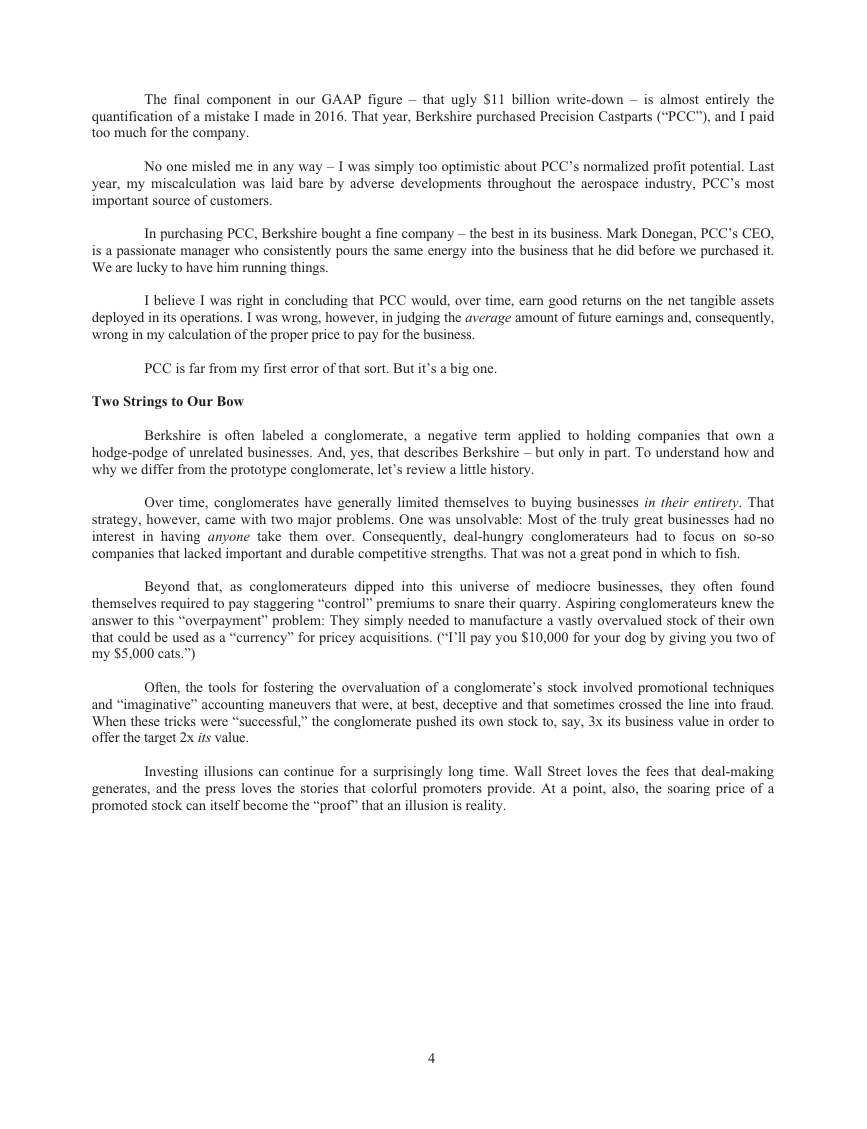
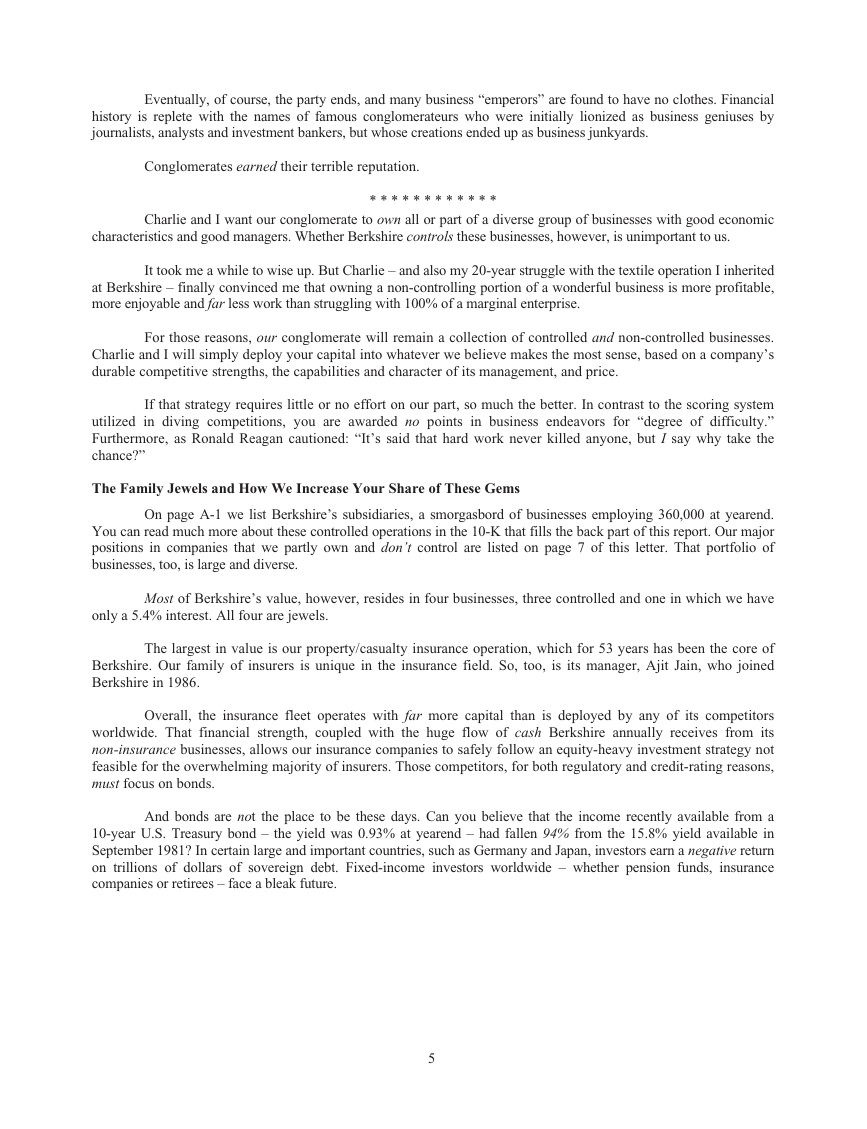
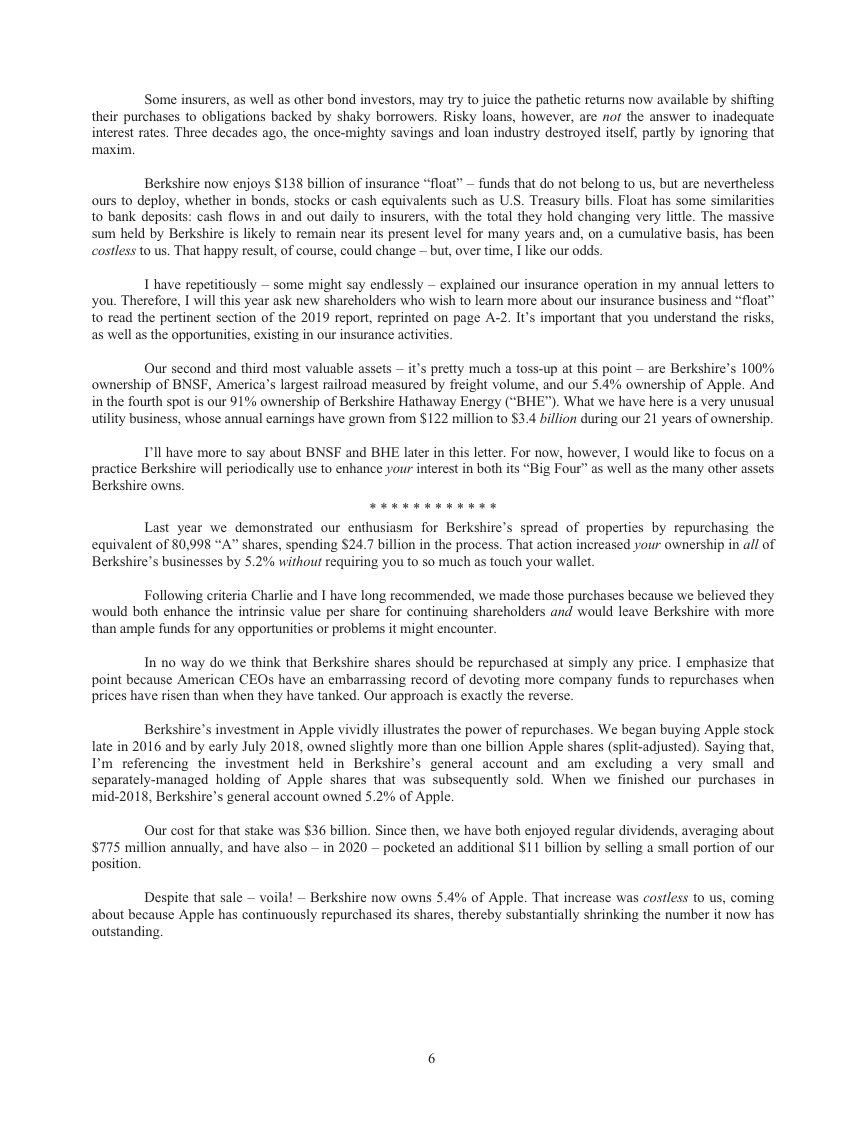
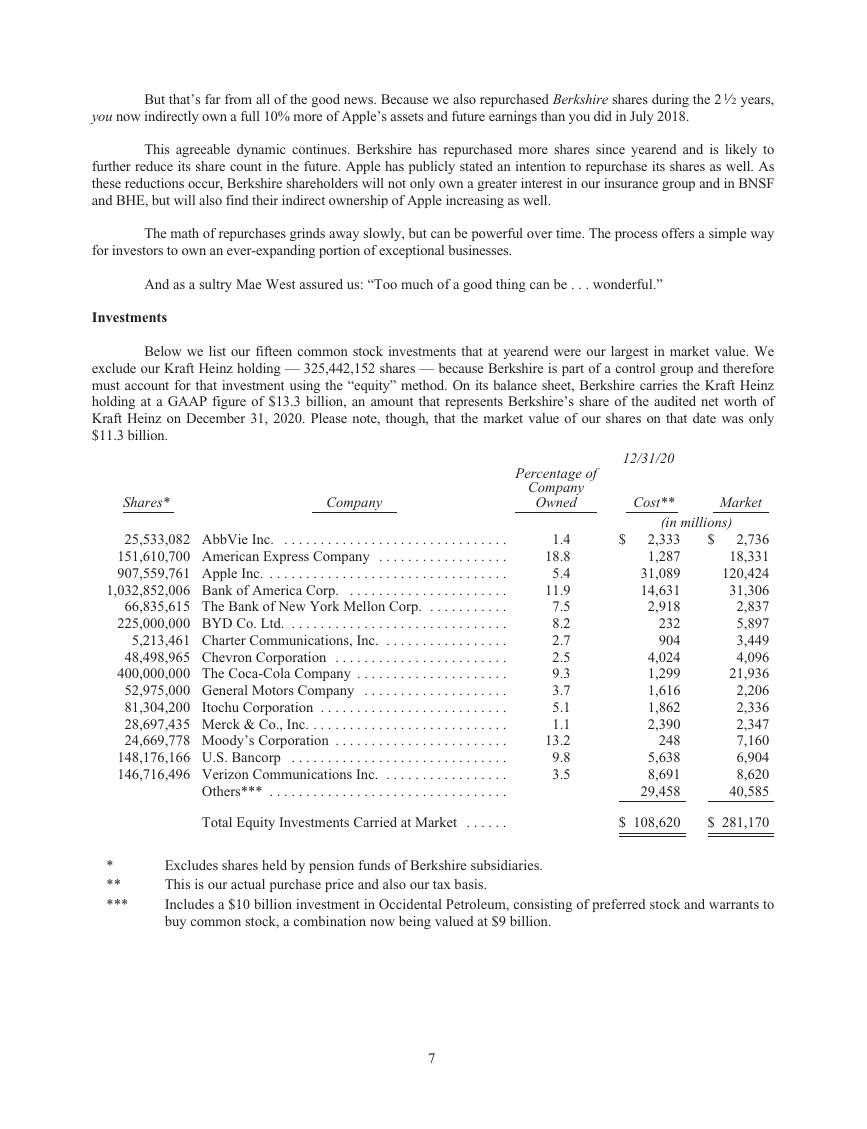
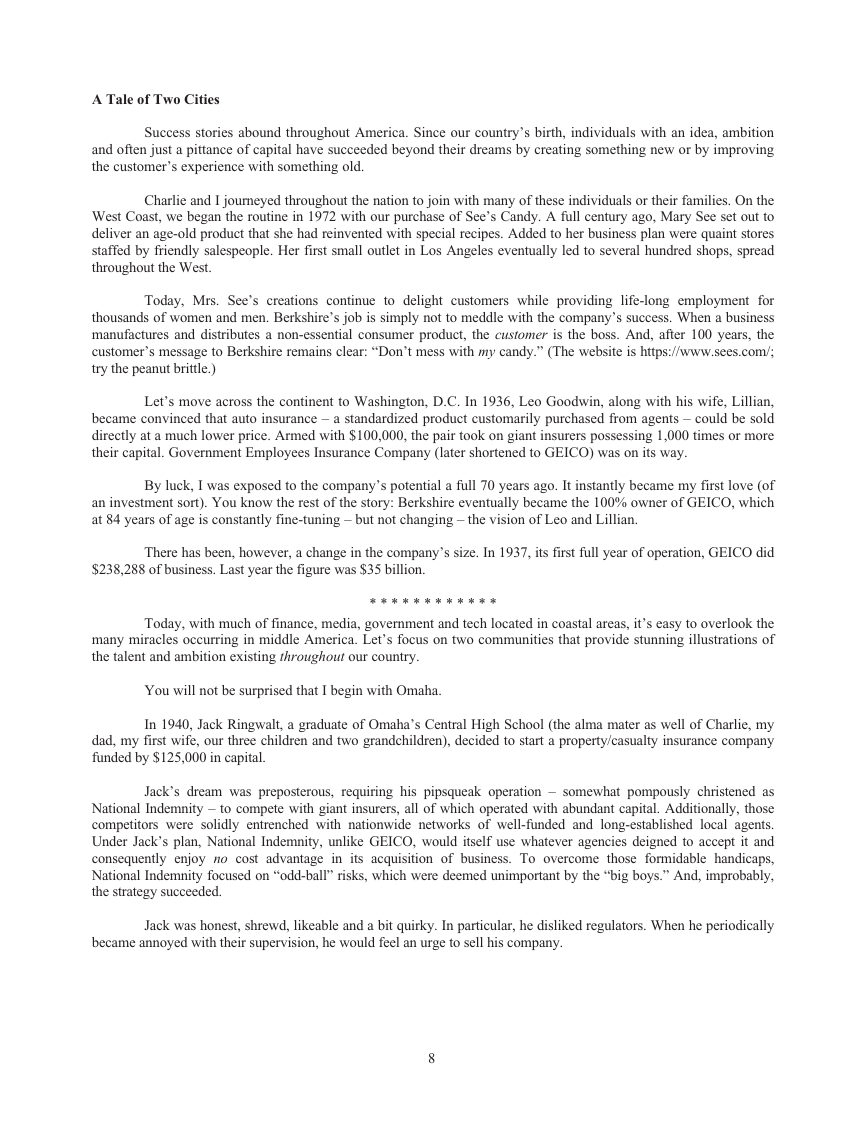
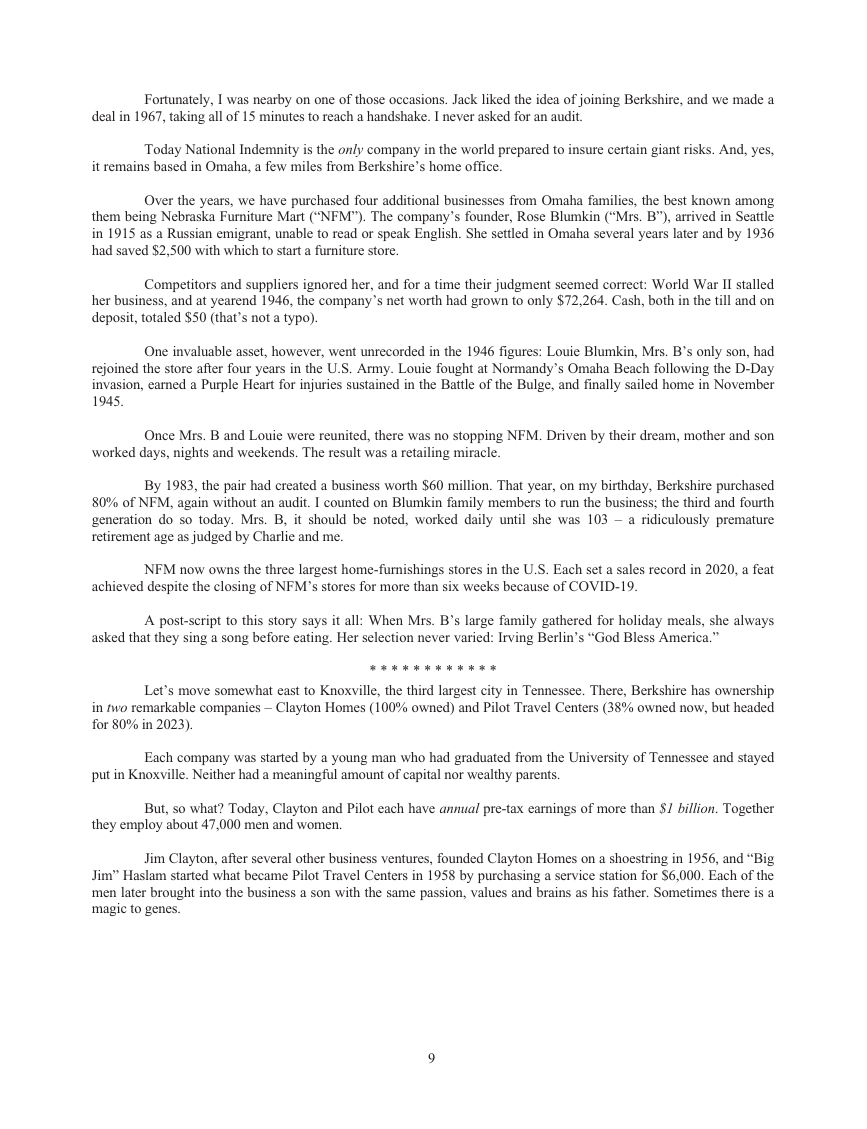








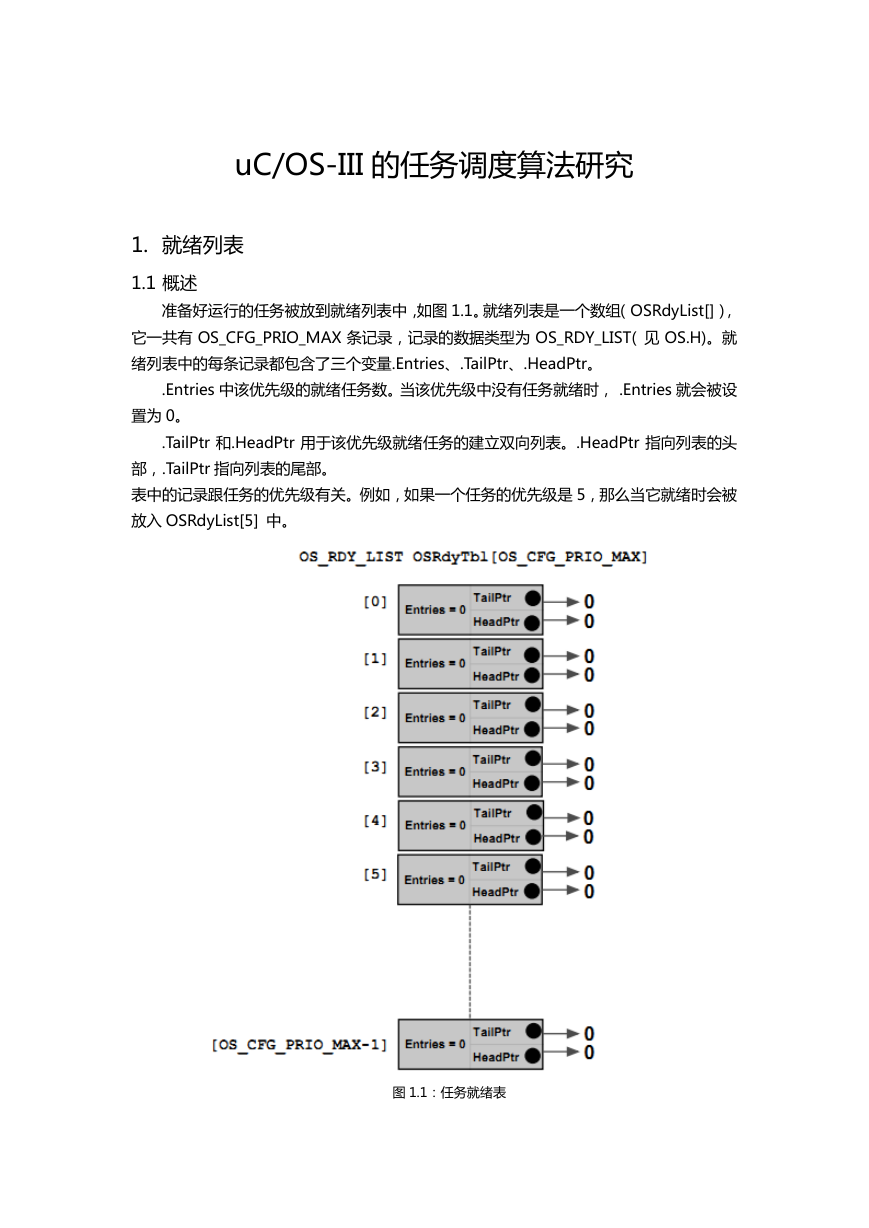 uCOS-III的任务调度算法研究.pdf
uCOS-III的任务调度算法研究.pdf STM32F103x8B_DS_CH_V10(7STM32中文数据手册).pdf
STM32F103x8B_DS_CH_V10(7STM32中文数据手册).pdf FX2N系列PLC培训教程.pdf
FX2N系列PLC培训教程.pdf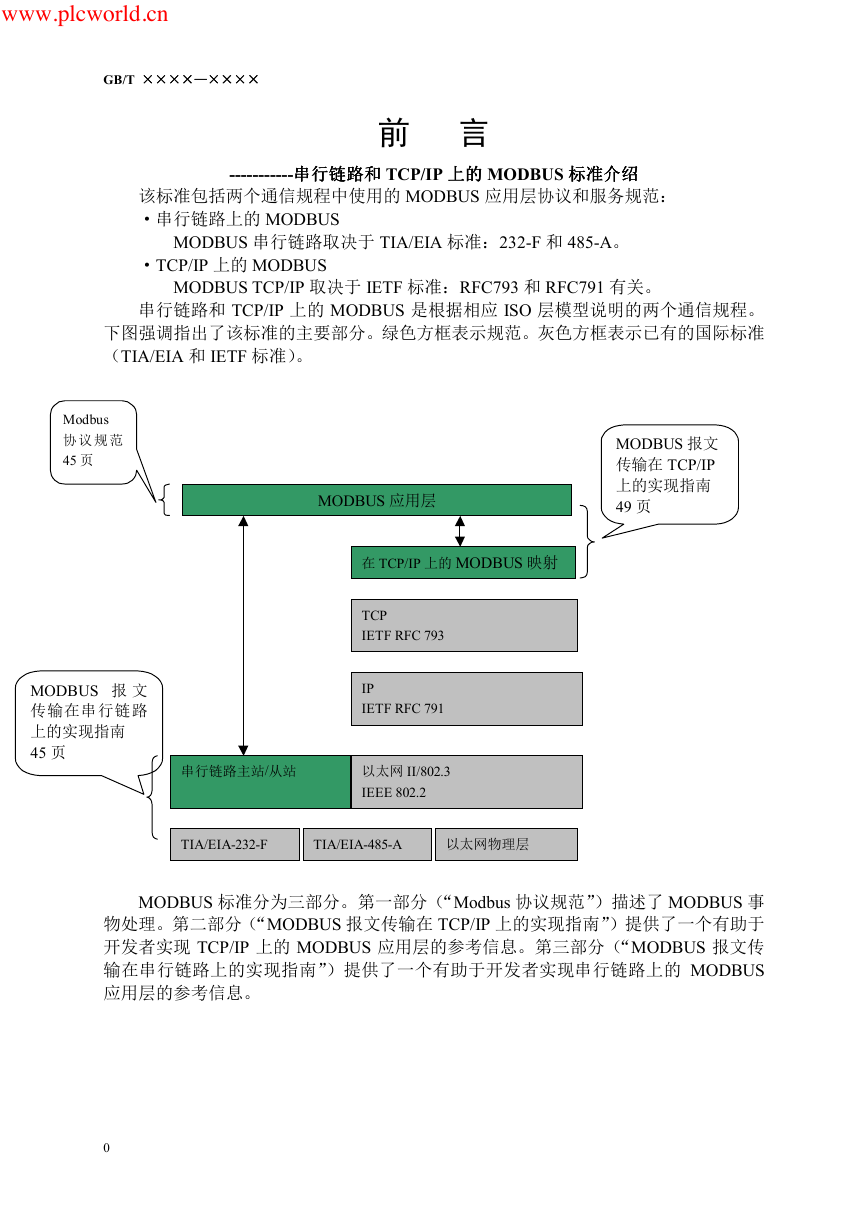 Modbus协议资料.pdf
Modbus协议资料.pdf WM8978中文资料(芯片资料).doc
WM8978中文资料(芯片资料).doc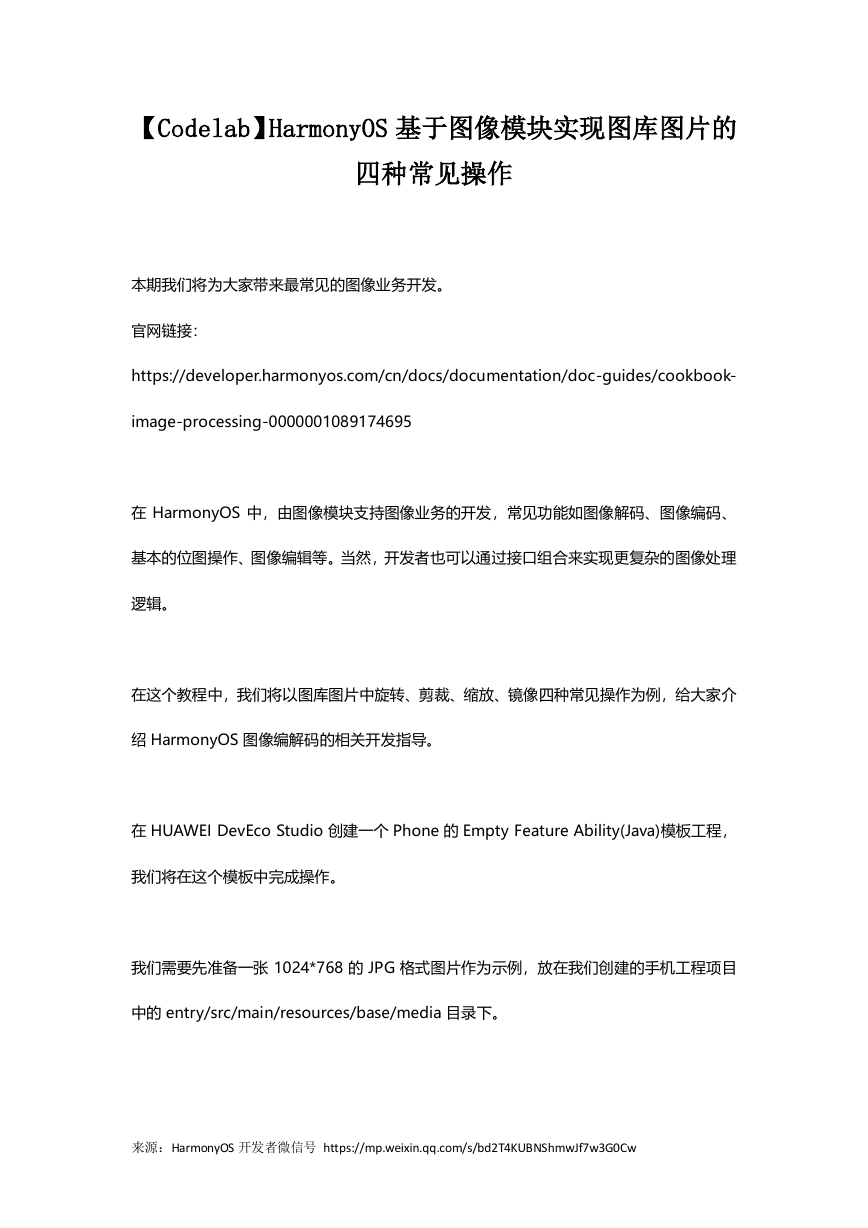 5-1.【Codelab】HarmonyOS基于图像模块实现图库图片的四种常见操作.pdf
5-1.【Codelab】HarmonyOS基于图像模块实现图库图片的四种常见操作.pdf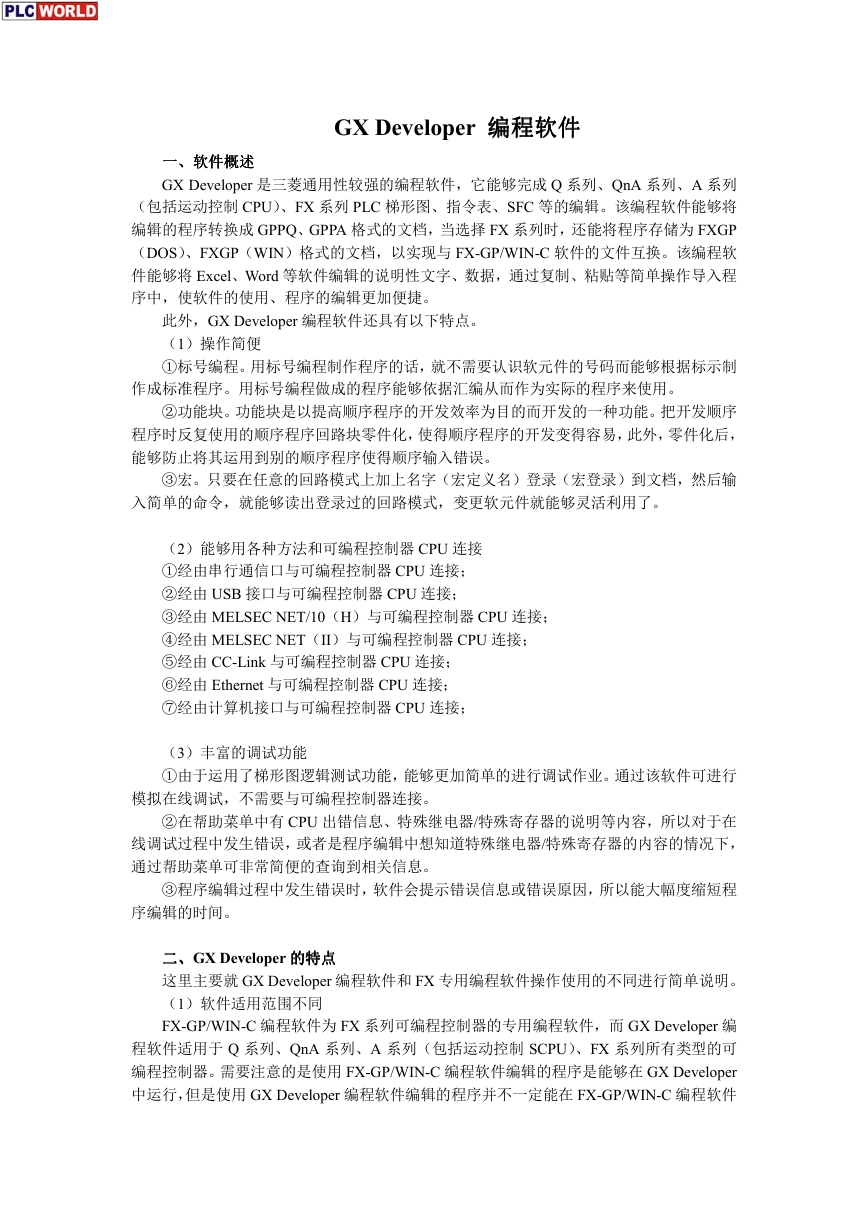 GX Developer 编程软件使用说明.pdf
GX Developer 编程软件使用说明.pdf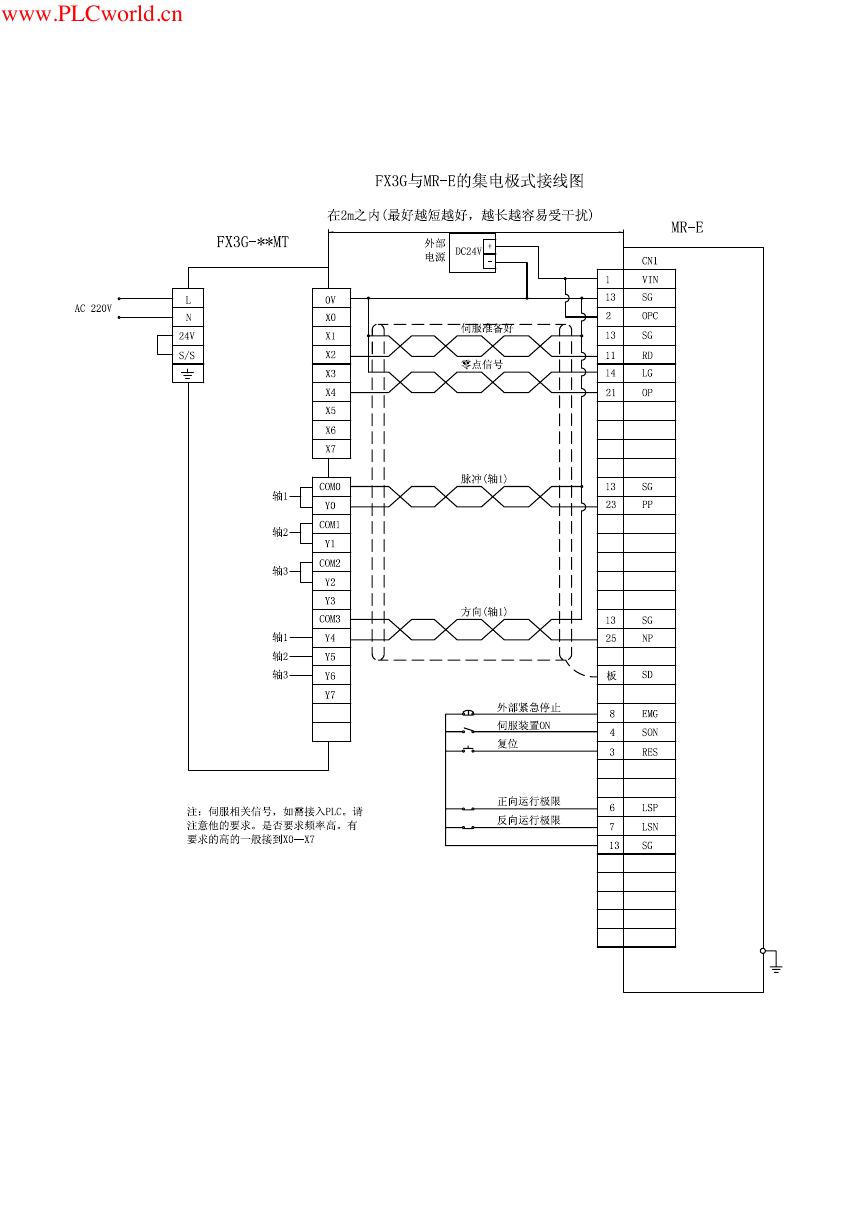 MR-E伺服与FX3G接线图.pdf
MR-E伺服与FX3G接线图.pdf ATK-NEO-6M GPS模块常见问题汇总_201400721.pdf
ATK-NEO-6M GPS模块常见问题汇总_201400721.pdf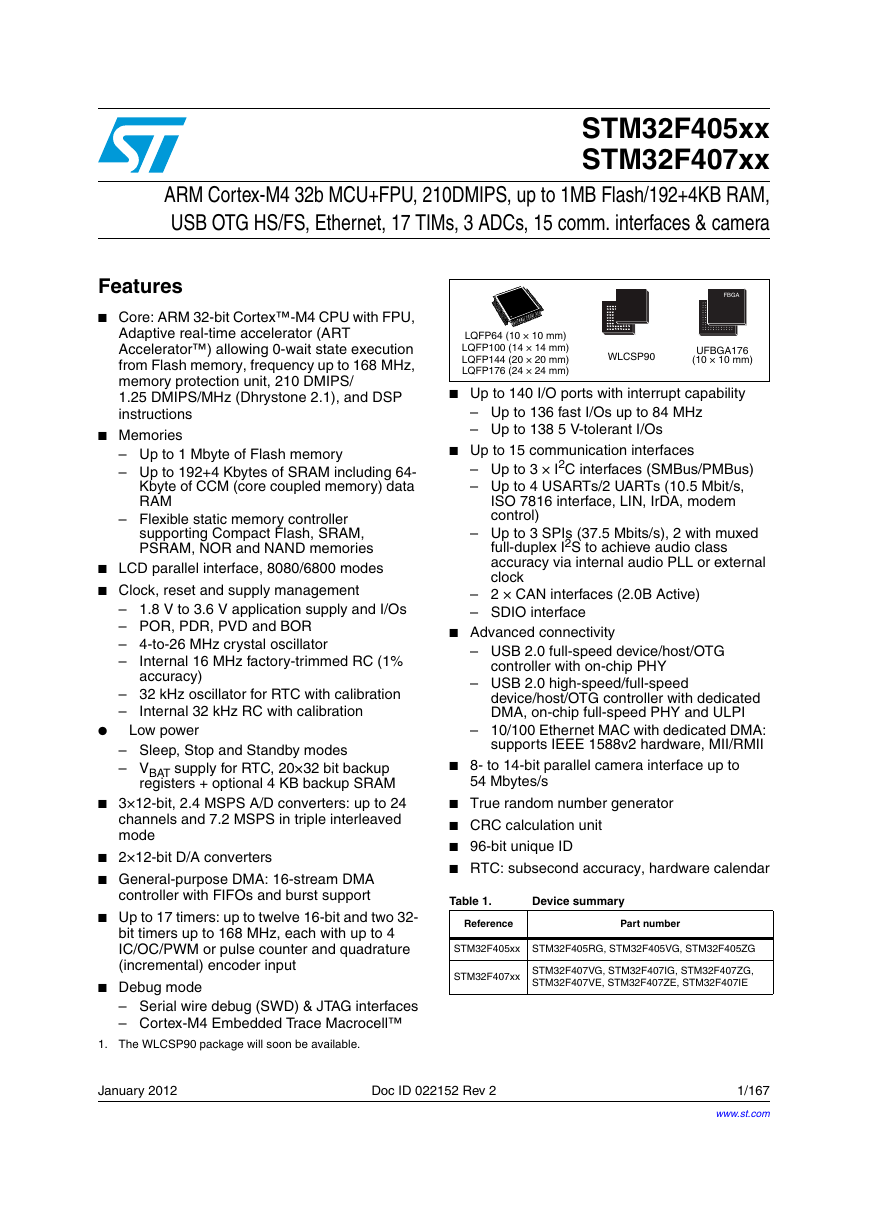 STM32F407ZGT6(芯片资料).pdf
STM32F407ZGT6(芯片资料).pdf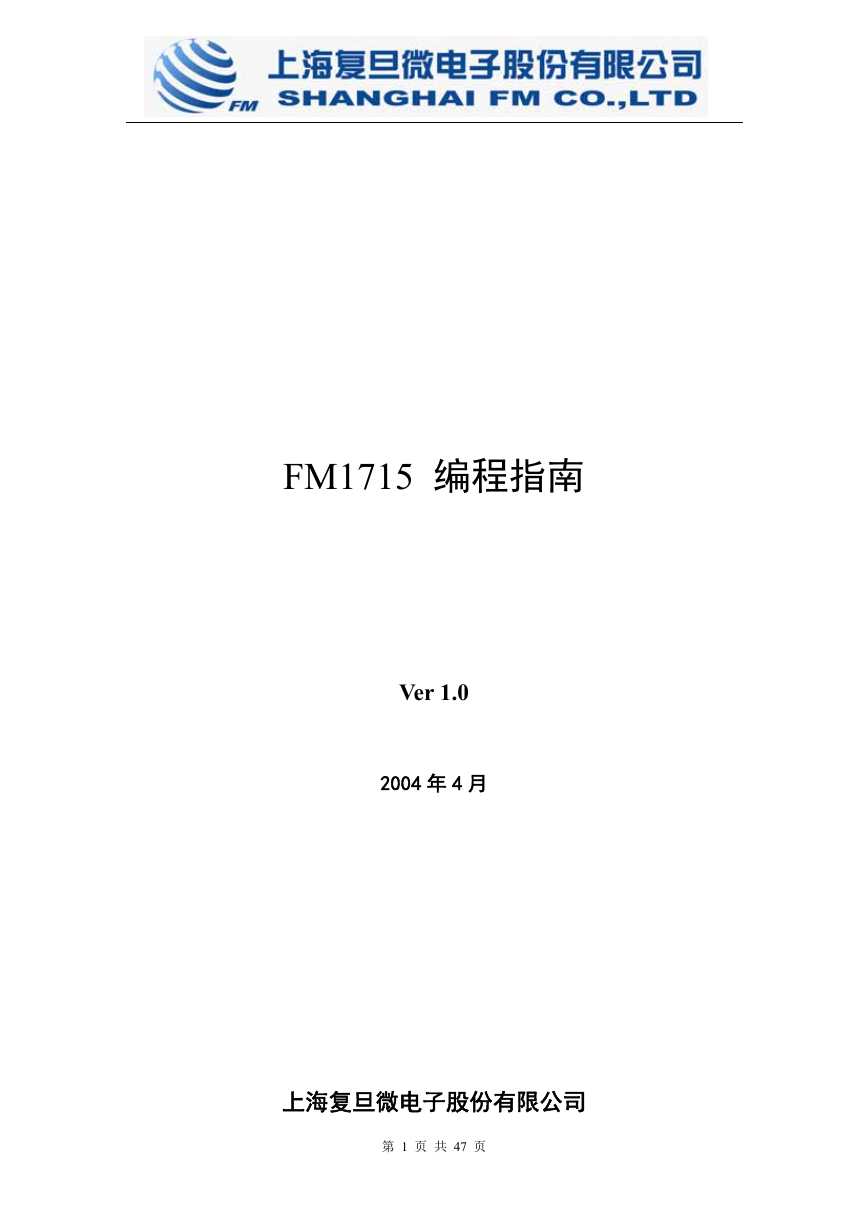 FM1715编程指南.pdf
FM1715编程指南.pdf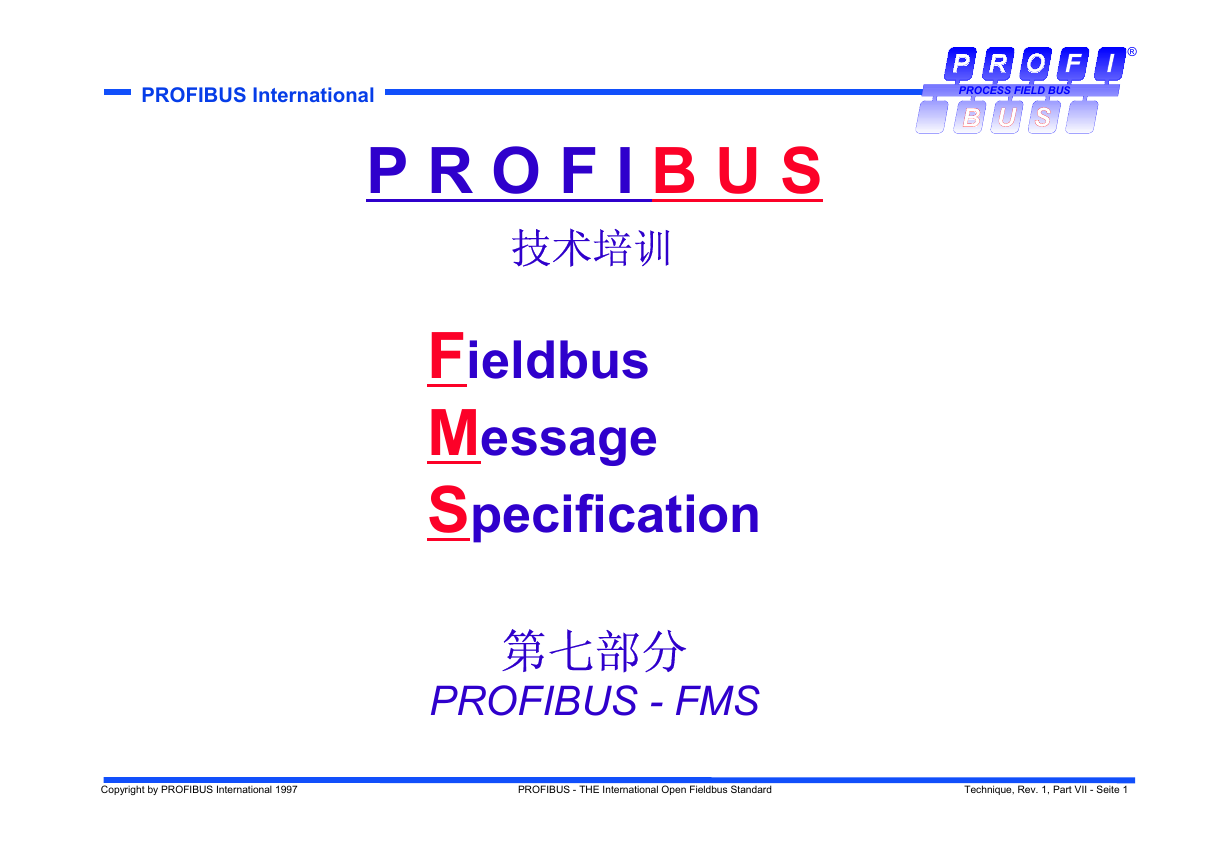 Profibus教程-7.PROFIBUS-FMS.pdf
Profibus教程-7.PROFIBUS-FMS.pdf